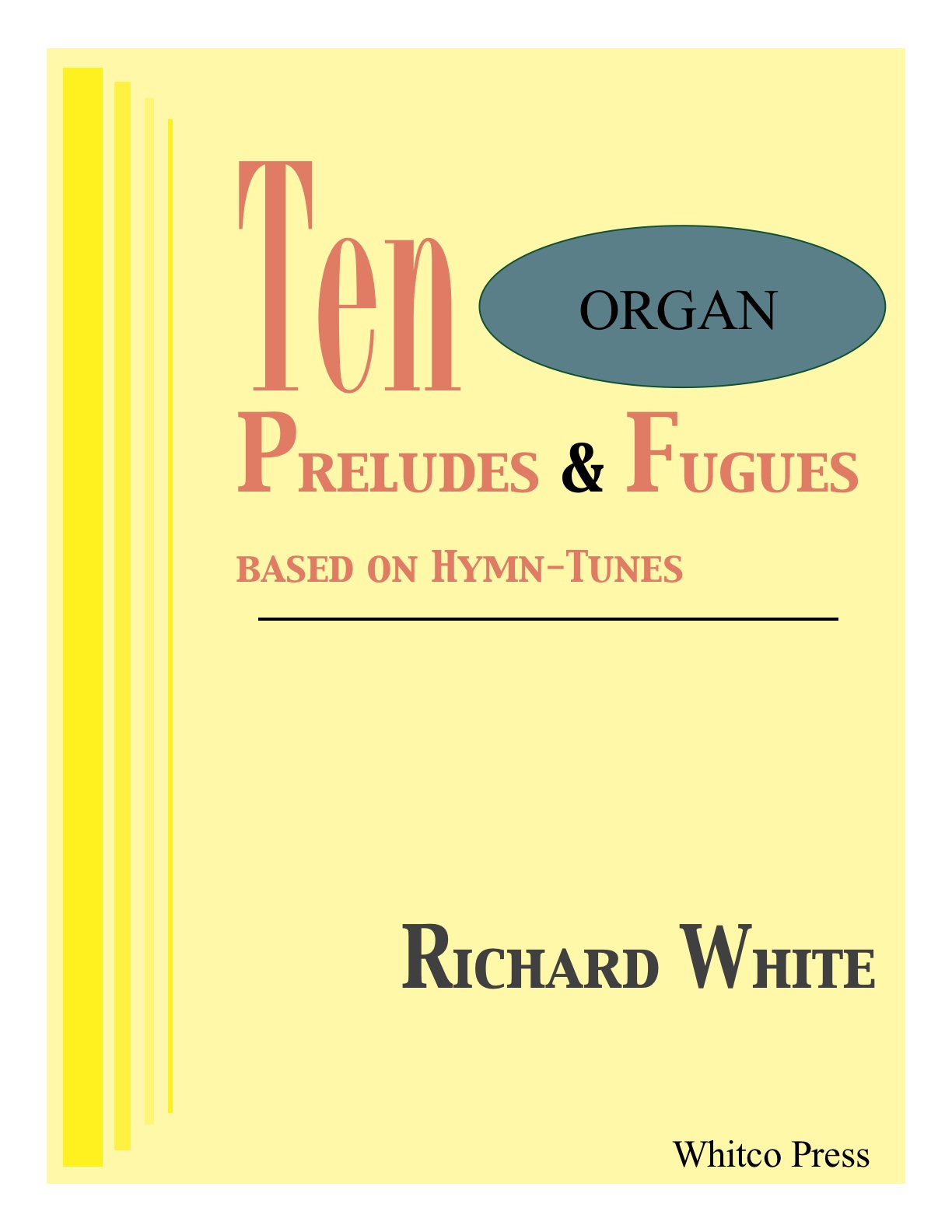
|
Having sung in churches and various a capella vocal groups for more than fifty years, the organ is a natural interest for me. Before, as well as during my undergraduate days at the Mannes College of Music in New York City, I was a church organist in several Episcopal parishes in Brooklyn, New York where I also served as a substitute organist. It was not until recently, however, that I began writing for the organ. (The same was true for the instrument on which I first learned to read music, the guitar. It took nearly forty years before I wrote anything for it.)
Four Meditations for Organ is a collection of slow, tranquil pieces suitable for use as preludes or communion pieces. The first, In memoriam: September 11, 2001, was my personal response to the events of that day. I began working on it that very day, finishing it eight days later. The remaining titles are: Lenten Prayer, Quiet Prayer and Evening Prayer. The Preludes and Fugues are part of a projected series of preludes and fugues in each of the major and minor keys.. Therefore, as an entire work, it remains incomplete, but each pair can be played independently of the others. Being an improviser/composer, (at the keyboard) very often a tune from my subconscious will emerge, insisting I make use of it in whatever I am writing.
Consequently, there are a number of preludes and fugues that utilize commonly known hymn-tunes in one way or another. In some instances, the tune is the basis of a piece, in others it is a thread around which contrapuntal passages are woven. Very often, only portions of a tune are used or they are broken up into discrete but separated occurrences, acting like a familiar face that comes and goes. The Toccata (Moto perpetuo) is exactly as advertised: a one-dimensional, fast non-stop ride from beginning to end of its four and a half minute duration. The Fanfare for an Uncommon Church was written for Pamela Decker, organist of Grace St. Paul Episcopal Church in Tucson, Arizona and organ and counterpoint professor at the University of Arizona. All the recordings below are now complete recordings.Richard White,
Tucson, Arizona
March 2007
Contact |
|

